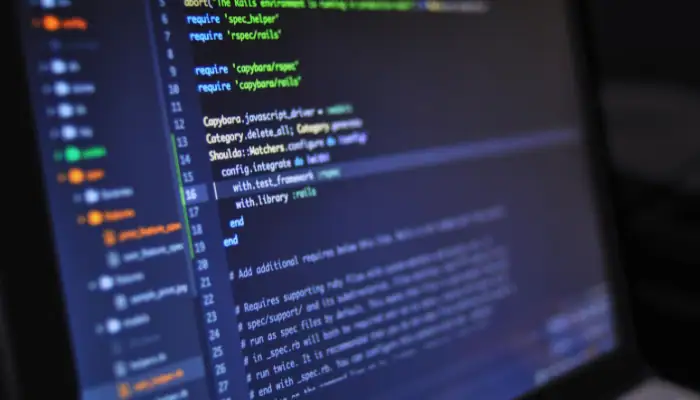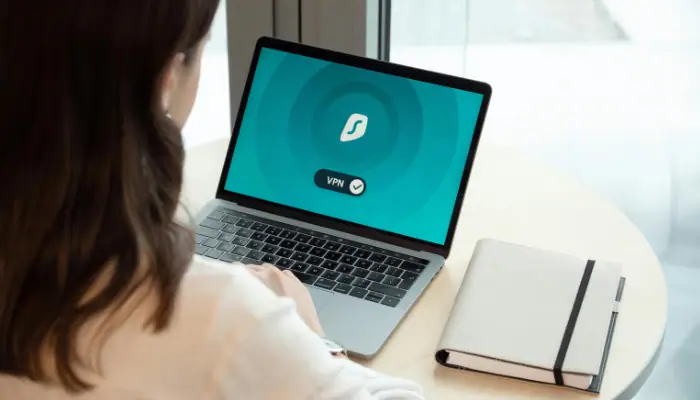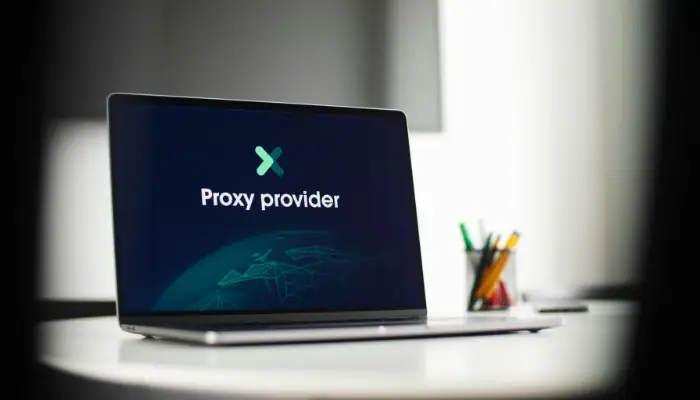
In 2025, keeping your private messages, calls, and files secure feels more urgent than ever. Whether it’s corporations, governments, or cybercriminals, many parties want access to your data. That’s why end-to-end encryption (E2EE) has become a cornerstone of modern digital security.
But what exactly is end-to-end encryption and why should you care about it today? Let’s break down how E2EE works, why it’s essential for your privacy, and how you can start using it right now.
What is encryption?
encryption means transforming your data into a coded format that only authorized parties can decode. Imagine locking your personal messages inside a safe, only someone with the key can open it.
There are two main types of encryption you should know about:
-
Transport encryption: This protects data while it’s traveling from your device to a server (like HTTPS websites). But the service provider or anyone who controls the server might still access your data.
-
End-to-end encryption: This encrypts data on your device and keeps it locked until it reaches the recipient’s device, where only they can decrypt it.
With E2EE, even the service providers (think WhatsApp or Signal) cannot read your messages. Only you and your intended contact hold the keys.
Why is end-to-end encryption different and better?
Let’s imagine you’re sending a message through a chat app.
-
With regular encryption, your message is scrambled while it moves through the network, but the provider can decrypt it on their servers. This means if their servers are hacked, or if someone inside the company goes rogue, your data can be exposed.
-
With E2EE, your message is encrypted before it leaves your phone and only decrypted on the recipient’s device. No middleman, no backdoors, no exceptions.
This difference is huge. Without E2EE, your private messages, calls, and files remain vulnerable to government snooping, hackers, or data leaks.
Popular apps using end-to-end encryption in 2025
E2EE has become standard for many popular tools today:
Messaging apps
-
Signal: Built entirely on privacy, offering E2EE by default for all communication.
-
WhatsApp: E2EE for messages, calls, and backups.
-
iMessage: Apple’s messaging uses E2EE between Apple devices.
Email services
-
Proton Mail and Tutanota provide built-in E2EE between users.
-
Gmail offers encryption during transit but doesn’t use full E2EE by default.
File storage and charing
-
Proton Drive, Tresorit, and Sync.com offer zero-knowledge encrypted cloud storage.
-
SecureDrop is widely used by journalists and whistleblowers to share sensitive files safely.
Pro Tip: Look for “zero knowledge” or “zero access” claims, these mean your provider cannot read your data.
Can governments or hackers still access your messages?
One of the biggest strengths of E2EE is that even if hackers break into servers, they can’t read your data, because they don’t have the decryption keys.
However, E2EE is not a silver bullet. Here are some ways your privacy can still be at risk:
-
Device compromise: If malware infects your phone or computer, hackers might capture your messages before they’re encrypted. Learn more about protecting your devices in our post on how malware infects your devices and how antivirus stops it.
-
Phishing attacks: These trick you into handing over your login info, letting attackers bypass encryption.
-
Backdoors and government pressure: Some governments push for “lawful access” backdoors, which weaken encryption for everyone. This is a controversial topic explored in VPN vs Proxy vs Tor: What’s the Difference and Which One Should You Use?
For the best protection, pair end-to-end encryption with strong device security and good password habits.
Common misunderstandings about encrypted platforms
Let’s clear up some myths around encryption:
-
“If it’s encrypted, I’m completely safe.”
Encryption protects data in transit and storage, but if your device is compromised, encryption can’t help. -
“Only criminals use encrypted apps.”
Far from it. Journalists, healthcare professionals, businesses, and everyday users rely on encryption to keep their sensitive info private. -
“Big tech can’t break encryption.”
Strong E2EE is practically unbreakable without keys, but companies still collect metadata, information about when and how you communicate, which can reveal patterns.
Why end-to-end encryption protects everyone
E2EE isn’t just a technical feature, it’s a fundamental right in the digital age. It protects your private conversations, confidential files, and sensitive data from mass surveillance, corporate exploitation, and cybercrime.
By choosing tools with strong encryption, you’re not just protecting yourself, you’re helping raise the bar for privacy everywhere.
Getting started with end-to-end encryption today
Ready to boost your privacy? Here’s how:
-
Choose encrypted apps: Switch to messaging and email apps that offer E2EE by default, like Signal or Proton Mail.
-
Secure your devices: Keep antivirus software updated and learn how to spot phishing attacks.
-
Use a VPN: Combine E2EE with a trusted VPN to hide your IP and mask your online activity. Our article What Is a VPN and Why You Absolutely Need One in 2025 explains why.
Conclusion:
Data breaches and surveillance aren’t rare anymore, they’re part of everyday life. End-to-end encryption gives you control over who sees your data, and that’s more important now than ever.
Start using encrypted tools today, keep your devices secure, and practice smart online habits. Your privacy isn’t just a luxury, it’s a necessity in 2025.




